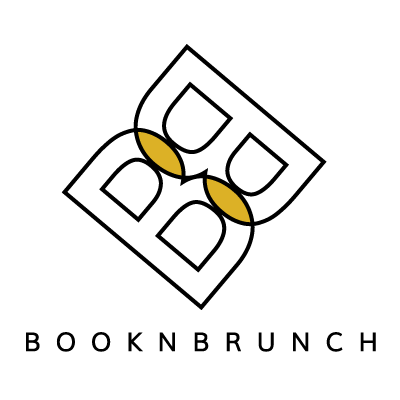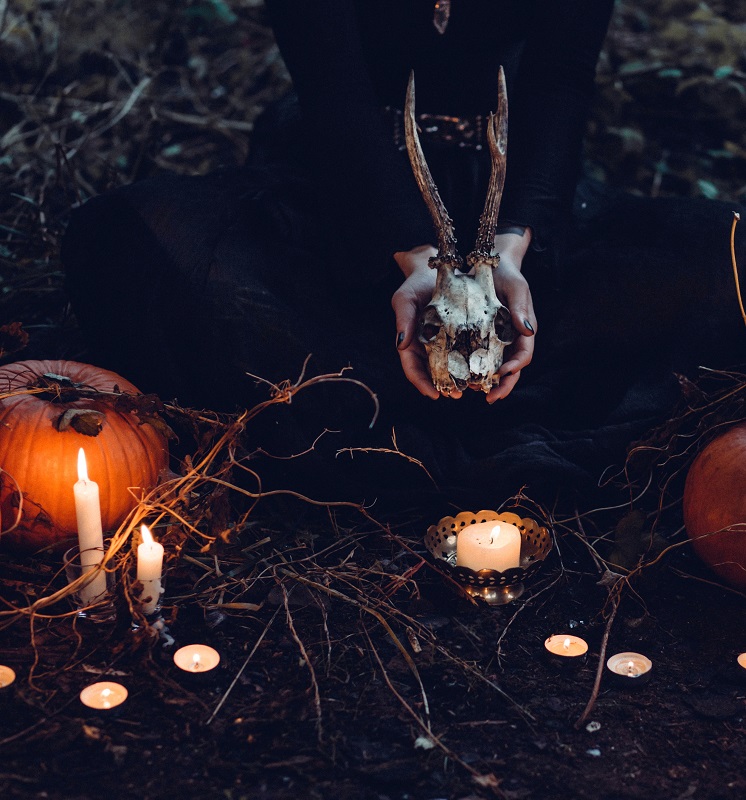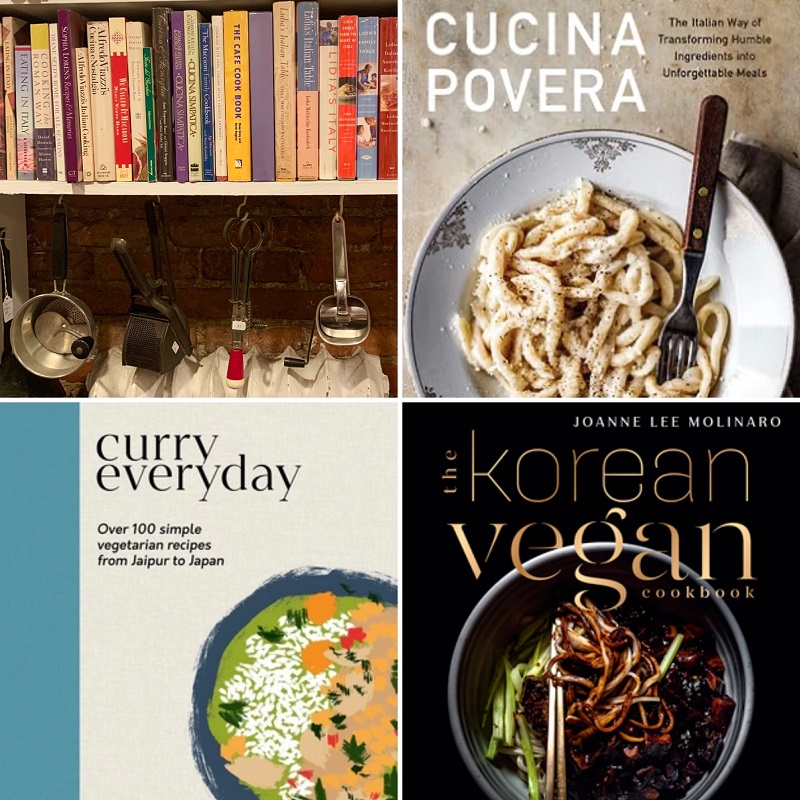Fantasy, Adventure and Mythical Folklore With Traci Chee
How Traci Chee Builds Her Fantasy Worlds
“To anyone else, the appearance of the village might have been cause for alarm, but to Miuko, who had only ever known such deterioration, it was beautiful in its ordinariness.”
These are the words that appear in Traci Chee’s newest book, A Thousand Steps into Night, a YA fantasy recently published in March of this year. Traci is known for writing YA fantasy and speculative fiction, something that she’s personally into reading. She’s been obsessed with fantasy worlds for a long time and has been writing fantasy and surrealist stories ever since middle school, when she got her first video game console.
Traci became so enamoured with the worlds inside games that she decided she wanted to design video games herself. But she didn’t have access to coding or graphic design resources; thus, she turned to the thing she did have access to – a sketchbook and a pencil. She spent a year designing her game, only to realize that she was very much into creating stories. She loved the storytelling aspect that video games gave her.
As a YA fantasy author, Traci uses her imagination to create wide, expansive worlds where good and evil exist, where one can escape from and go on a wonderful adventure filled with creatures you can’t find in real life, and learn some lessons along the way, if only for a while. Traci knew from a young age that storytelling was where she really shined.
Traci’s books combine elements of survival, adventure, and discovery inspired by Japanese folklore. Think gods, demons, and spirits, always with a strong female heroine. Her scenes are filled with visceral descriptions of people and events. It’s no surprise then that A Thousand Steps into Night has garnered some attention from fantasy fiction enthusiasts since it came out. Those who love fantasy and YA fiction will love the book as it combines elements of fairytale and folklore, for the book is considered a Japanese-influenced YA fantasy. It’s slightly different from her previous books, which include The Reader trilogy which became an instant New York Times bestseller (also her debut) and the historical YA fiction We Are Not Free. A Thousand Steps into Night is about an ordinary girl who has to face the extraordinary, and I find Traci’s progression into writing the genre equally extraordinary.
That said, I was excited when she agreed to sit down for a chat. Through our screens, I saw her beautifully lined bookshelves filled with fantasy titles including her own, and learned about her journey toward being an author, about family recipes, her favourite brunch place, and future projects (which, right now, is top secret). I hope she’ll announce it soon because I’m excited to see what she has going on next!
Building a Dark, Fantastical World on the Page
Tell us a bit about your journey to becoming an author. Was this the career you always knew you wanted?
I’ve always been a big reader. But what really changed it for me was in seventh grade, when my parents finally got my brother and me a PlayStation, and we started playing Final Fantasy 7. I was so wowed by the worlds inside those games, how you can control the characters and what happens to them. It was a game-changer, literally, because it truly opened up my imagination and showed me what storytelling can be.
So naturally, I thought I wanted to be a videogame designer. I spent a year designing my own video game with a simple sketchbook and a pencil. I invented characters, a magic system, weapons, and a vast story involving three different overlapping worlds in my own head, and I had a lot of fun with it, but ultimately I realized that the game was going nowhere. This was 1997, and I had no idea how you were supposed to become a videogame designer. I didn’t know anything about coding or graphics; I didn’t even know how to begin learning about coding or graphics! But after having spent so much time and energy on this one thing, this one idea, this one story, I realized that I absolutely loved writing. By college, I knew I wanted to be a writer.
What’s the best advice you’ve ever been given, with regards to careers and success?
One of the scariest things about being a writer is the critiques that you get. I remember being in grad school and taking these classes, most of them geared toward literary fiction, although having been in love with fantasy since elementary school, I was more interested in writing surrealism, fabulism, experimentalism, and speculative fiction. It was very different from what other people were writing, and I remember sitting in a class one day and sharing a short story, a fairy tale retelling with frog princes and POV changes and dream sequences, and nobody really understood it. People kept telling me to take out everything I loved about it–the magic, the experimental elements–basically, change the entire story. But then afterwards, a classmate of mine came up to me and told me to keep going, to hold fast. He told me, “Don’t listen to them. Keep going. Keep writing what you’re writing even if people don’t understand it.” I tend to write things that are experimental and different, so that was really great advice because it emboldened me to keep writing what most interests me, rather than what everyone else is interested in.
What books are on your reading list right now?
I try to read as widely as I can. Recently, I read The Girl Who Fell Beneath the Sea by Axie Oh. It’s a YA fantasy, a feminist retelling of a Korean fairytale, and it’s so good. Also on my list is Alone Out Here by Riley Redgate, which has been pitched to me like Lord of the Flies in space. There’s also All My Rage by Sabaa Tahir, which is contemporary.
When you’re writing–where do you write? What is the setting?
I’m very much a routine-oriented person. In the morning, I get up, do my tasks, drink coffee, and then I sit down to write. I find that having a particular structure helps me focus, as I’m a full-time writer right now, and I do my writing in my home office.
How have you been staying connected to your friends/family/community during COVID-19?
I enjoy hanging out with people outside, taking in the fresh air. I also like talking on the phone. During COVID, I started a two-person book club with a friend and fellow author, Parker Peevyhouse. The idea was that we picked a mystery book and tried to solve the mystery together. It was a really fun and easy way to stay connected. Recently, we’ve been working on a puzzle called Cain’s Jawbone. It’s a murder mystery written in the 1930s by a crossword puzzle designer, and all the pages are out of order, so you have to cut them out and put them back together again to even begin to understand the plot!
Do you have exciting projects coming up? If so, please tell us.
I can’t officially announce anything yet, so unfortunately things will have to be top secret for now.
What is your dream brunch date? Where and with whom?
Oh my gosh, I love brunch! It’s been a while since I’ve been out to brunch though. But there’s a really fantastic restaurant in San Francisco called Sweet Maple. They serve the most amazing brunch, and their Millionaire’s Bacon is a must!
What is your ideal comfort food?
My mom is a fantastic cook, so I loved just about everything she made growing up. It was like a mish-mash of different things like sausage and leeks over rice, beef stroganoff, etc., but it was so good. There’s a family recipe that we like to call “Grandma’s meat,” which are thin strips of flank steak marinated in teriyaki sauce, then breaded and fried. It’s so good.
Before the pandemic, my family and I used to get together on New Year’s Day. We’d gather and have a big meal. But that hasn’t happened for a while. I’m hoping things will change next year.
Which authors inspire your work the most?
I’m really inspired by poetry. I feel like the language in poetry is so beautiful, so intense sometimes and it helps you sharpen your prose. Poetry is so economical and efficient. There are not that many words, and the words that are there were carefully chosen, so it really makes you pay attention to the details.
As far as authors are concerned, I’m inspired by the work of Ted Chiang, Ken Liu and N.K. Jemisin, and other adult literary science fiction authors. There’s a really good book called The Paper Menagerie by Ken Liu and another one called Exhalation: Stories by Ted Chiang that I love. In general, when I’m on deadline I enjoy reading short stories, and these are just some authors who’ve published short story collections and who also write in the same kind of genres that I write in.
To learn more about Traci, check out her website, or grab a copy of her book, check out our review and let us know what you think!
Know of an author or chef that we should interview? Let us know here!




